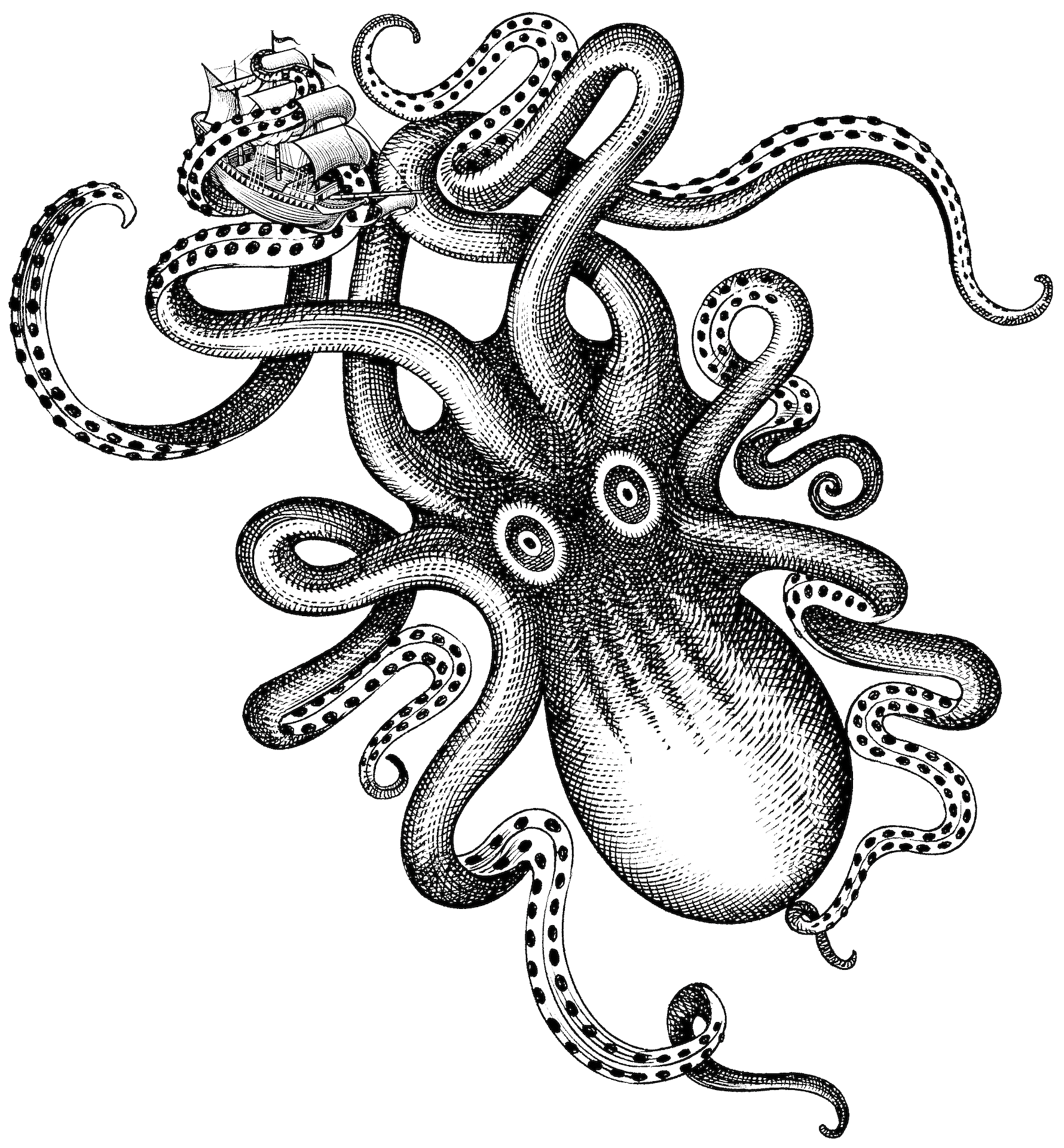Yet, I was an excitable listener.
The biggest problem with my early reviews is they were less critical and more about teaching, finding unusual choral literature on record, and the excitement of exploring.
This recording is an excellent case point. There are so many better choices now of Britten's Spring Symphony, another wonderful quirky choral cantata from the composer.
What I do enjoy are the Monteverdi Singers. So often, British choirs shear the vibrato from their adult women sopranos, and it is a tradition I personally do no care for. Not so here, and I like The Monteverdi Choir's full, hearty sound in the Five Flower Songs and the Hymn to St. Cecilia.
A review from 2006
Benjamin Britten left England to avoid the conflicts that were brewing in Europe, but living in America, he realized his voice was England's, and so Britten returned to England in the early 1940's realizing it was his home, and a new musical voice arose in him. His music, which up to that point, wholly embraced modernity, now also encompassed the English Nationalist sound as well, creating a distinctive, personal compositional style. The three works on this disk represent choral works after he returned to England: Spring Symphony, Five Flower Songs and Hymn to Saint Cecilia.
The Spring Symphony is scored for large orchestra, numerous percussion, mixed chorus, children's chorus, and soprano, alto, tenor soloists. In four movements, each has subsections describing some aspect of spring. The texts are taken from a wide variety of English poets: W. H. Auden, William Blake, John Milton, Robert Herrick, etc. The first movement (Introduction, Merry Cuckoo, Spring Sweet Spring, The Driving Boy, and The Morning Star) shows the wealth of variety in Britten's imagination. The dissonant opening describes nasty winter (with vibraphone) while the chorus beckons the sun to some out. The Merry Cuckoo, for tenor and accompanied by 3 trumpets, is a fanfare of the opening of spring; while Spring Sweet Spring is an evocation of the coming spring, in dance time, complete with soloist bird calls. The children's chorus sings what could be a folk song it is so upbeat and catchy in a charming description of the Driving Boy, with soprano solo; and the Morning Star hails the coming of spring with chorus and brass alone. The second movement (Welcome Maids of Honor, Waters Above, and Out on the Lawn) is the symphonic equivalent of the slow movement. Invocations dedicated to virgins and spring, spring rain, and the spring constellations and departed, are uniquely put into musical terms. The third scherzo movement (When Will My May Come?, Fair and fair, and Sound the Flute) speak of love and frivolity with spring in an ecstatic manner. The finale is a raucous waltz, complete with cow horn (London, Do Thee I Present) a personalized invitation to England to welcome spring. The 41 minute symphony uses so many techniques, varying orchestrations, and texts surrounding spring, it is really an experience like no other.
St. Cecilia is the patron saint of music and musicians, often depicted with an organ. Britten sets a text by W. H. Auden and put the work in three contrasting sections for unaccompanied chorus. The opening has a lilting feel, but very homophonic, almost organ-like, with gently shifting harmonic colors. The second section is a patter song in imitation, taken here at lightning speed. The third section is prefaced by a return of the opening, before a march-like declamation in basses and horn-like calls in other voices. The work is beautiful, terribly difficult, Hymn to Saint Cecilia. It is standard choral repertoire, too often butchered; this is a great British reading, if not the finest on CD. Also unaccompanied, the Five Flower Songs carry the "spring" theme to its conclusion. Almost like secular motets, or a collection of songs, the pieces display Britten's inventive and varied styles, even without instrumentation. The texts are assorted English texts, again including Robert Herrick among others. The voices seem orchestrated, and take on the quality of an instrumental ensemble in their interesting voicings. Again, standard repertoire, each are a miniature choral masterpiece, balancing the delicate, whimsical, and passionate.
John Eliot Gardiner, with the Philharmonia Orchestra and the Monteverdi Choir, give inspired, clean, fresh performances. This music, really not well known to the public, especially the Spring Symphony, is presented with energy, humor, and commitment. The DG sound is a sonic delight, featuring the 4-Dimension digital recording; especially the crisp, clear voices, not just from the excellent choirs, but also across the orchestra. The soloists featured on the disk are fine, as well as the Salisbury Cathedral Children's Choir. If you like Britten, you will definitely enjoy this disk. If you are interested in some "different" choral music, these are really first-rate performances and moving compositions.
Works
Spring Symphony, op. 44 (41.30)
Five Flower Songs, op. 47 (10.33)
Hymn to St. Cecilia, op. 27 (9.44)
Soloists
Alison Hagley, soprano
Catherine Robbin, contralto
John Mark Ainsley, tenor
Performers
Salisbury Cathedral Choristers
Monteverdi Choir
Philharmonia Orchestra
John Eliot Gardiner, conductor
Label: DG
Year: 1997
Total Timing: 62.04
You can do better!
Britten's own recording, André Previn, Richard Hickox all offer more persuasive recordings.
This one has since gone to The Kraken!



No comments:
Post a Comment